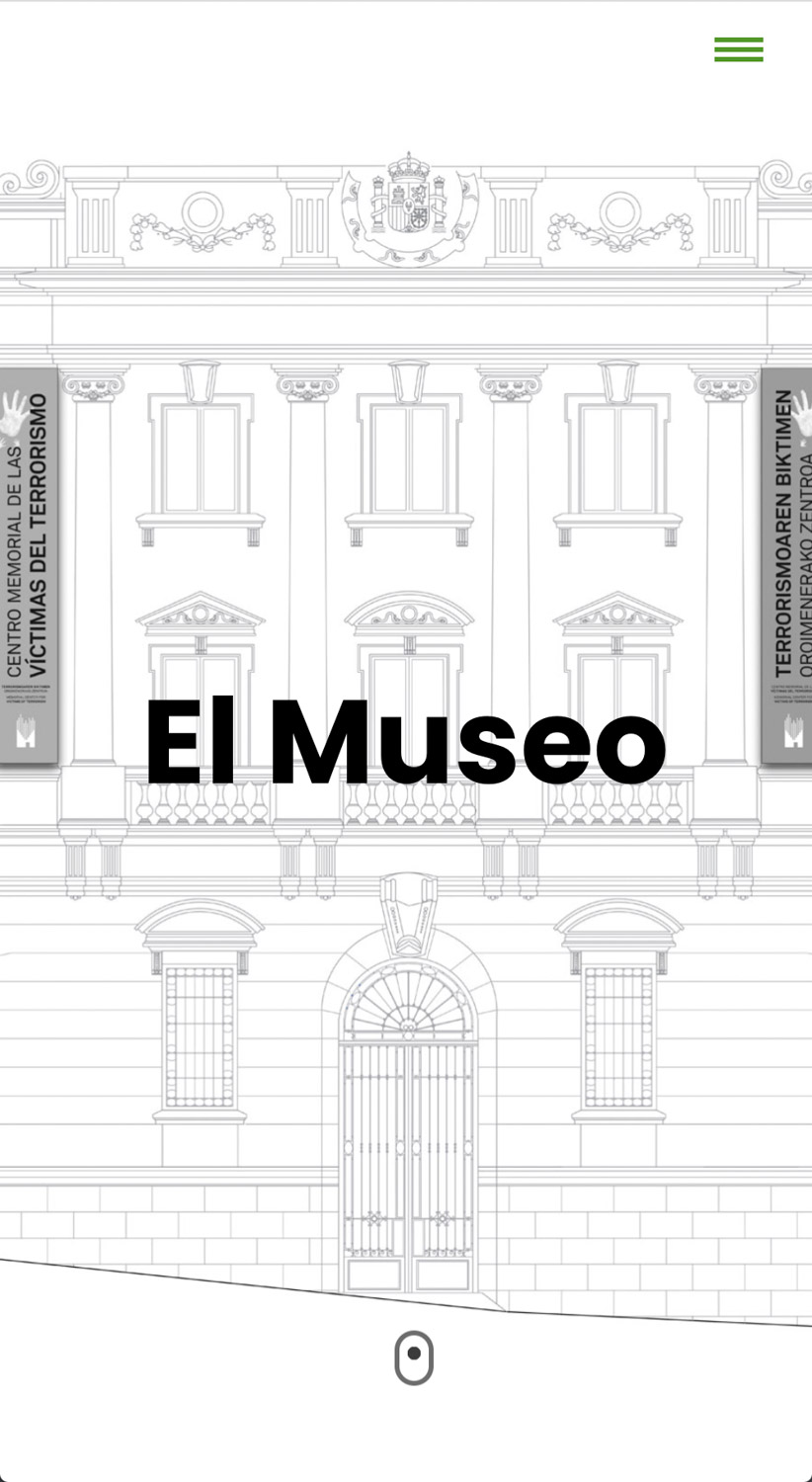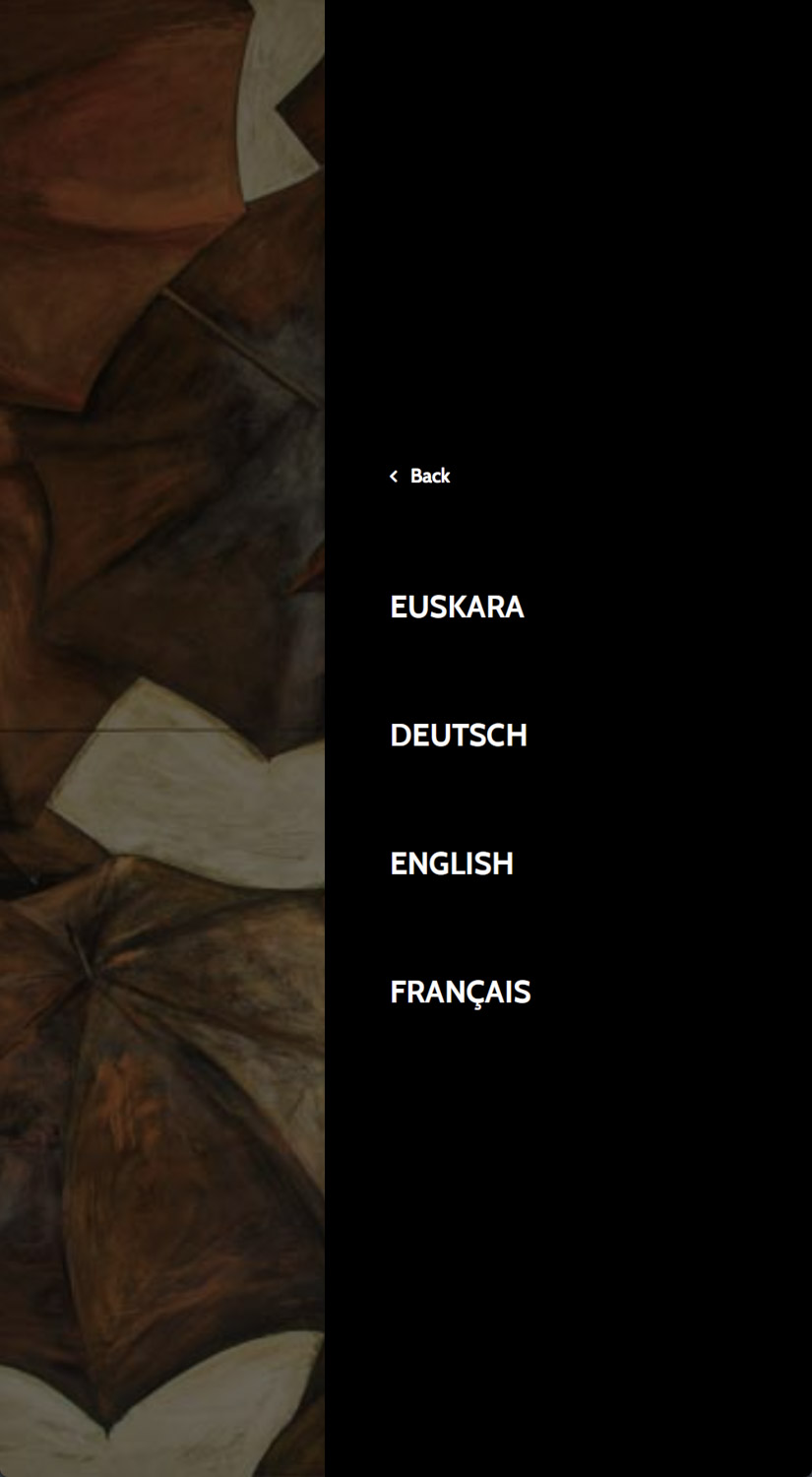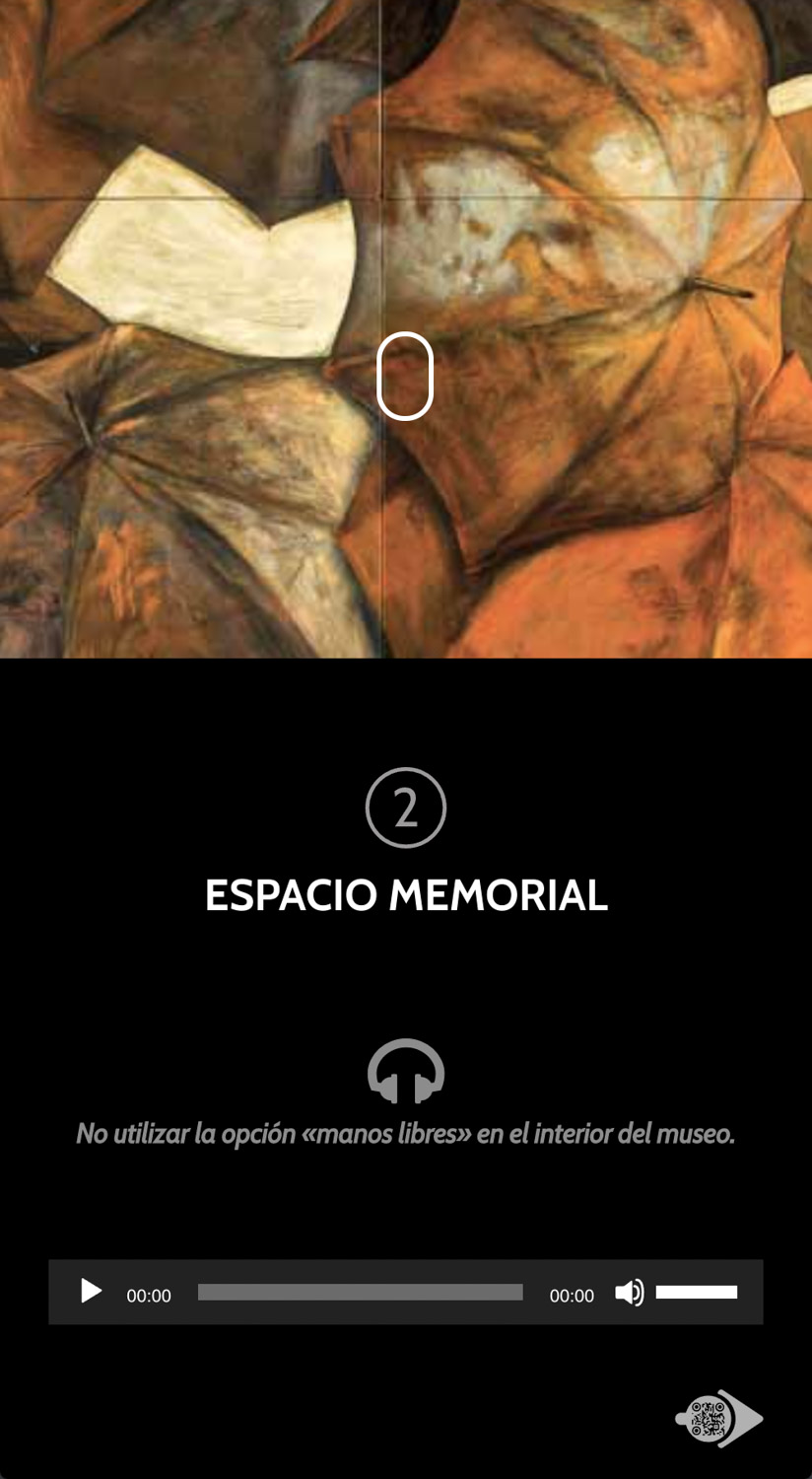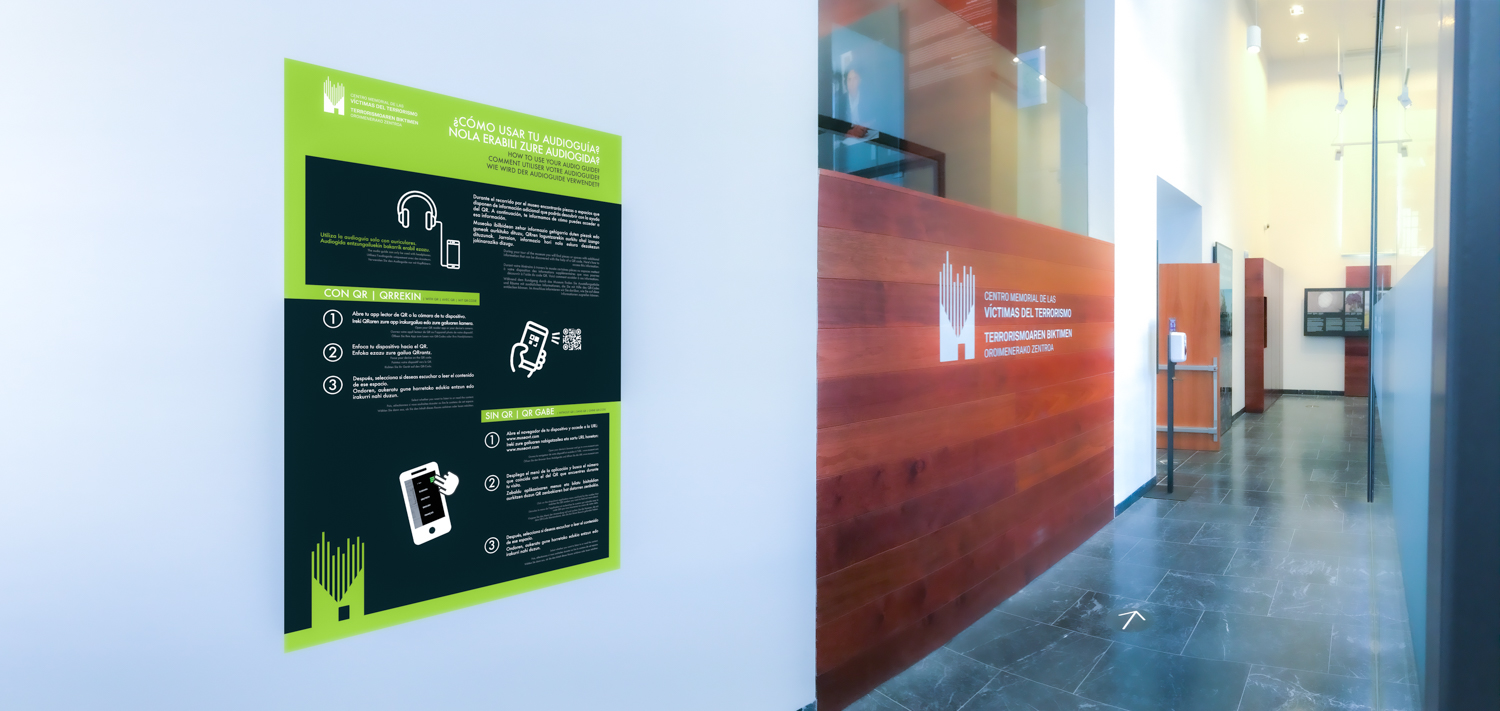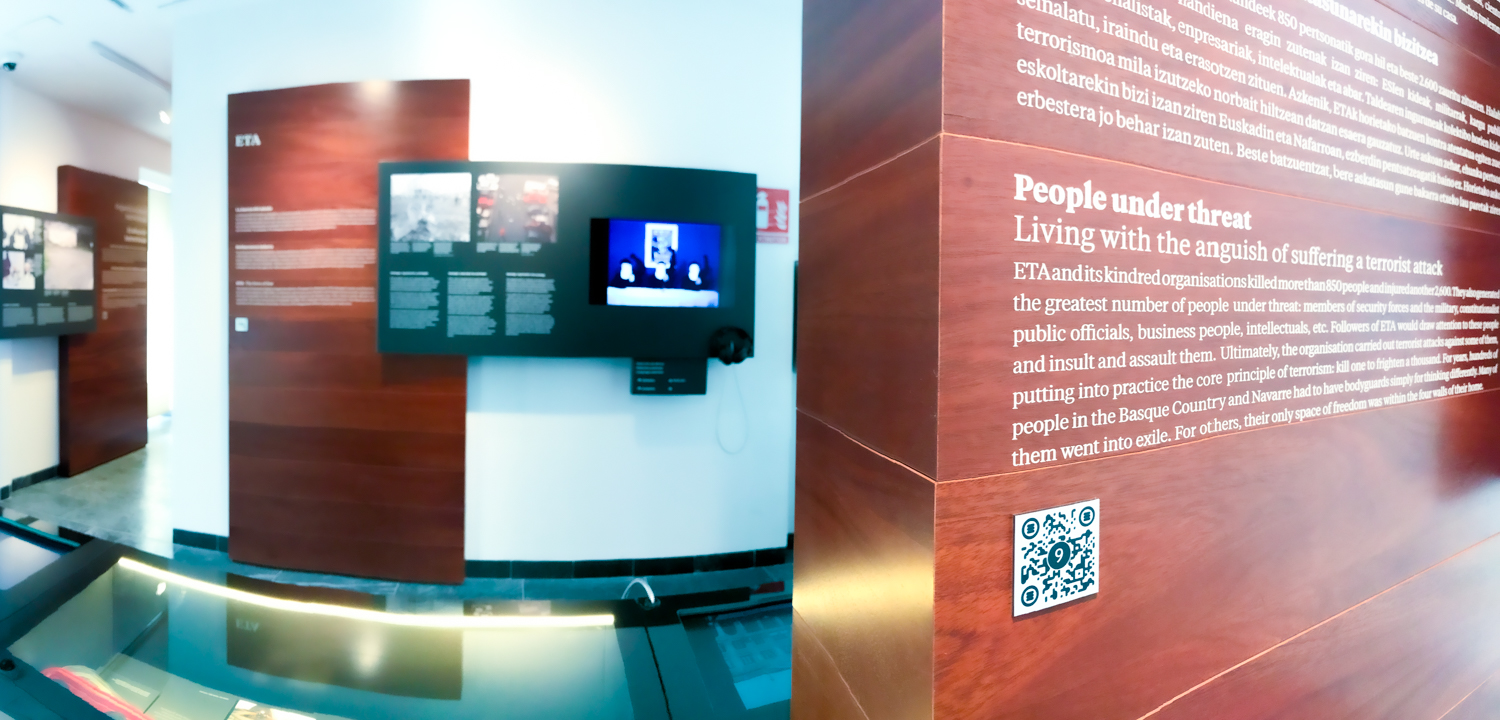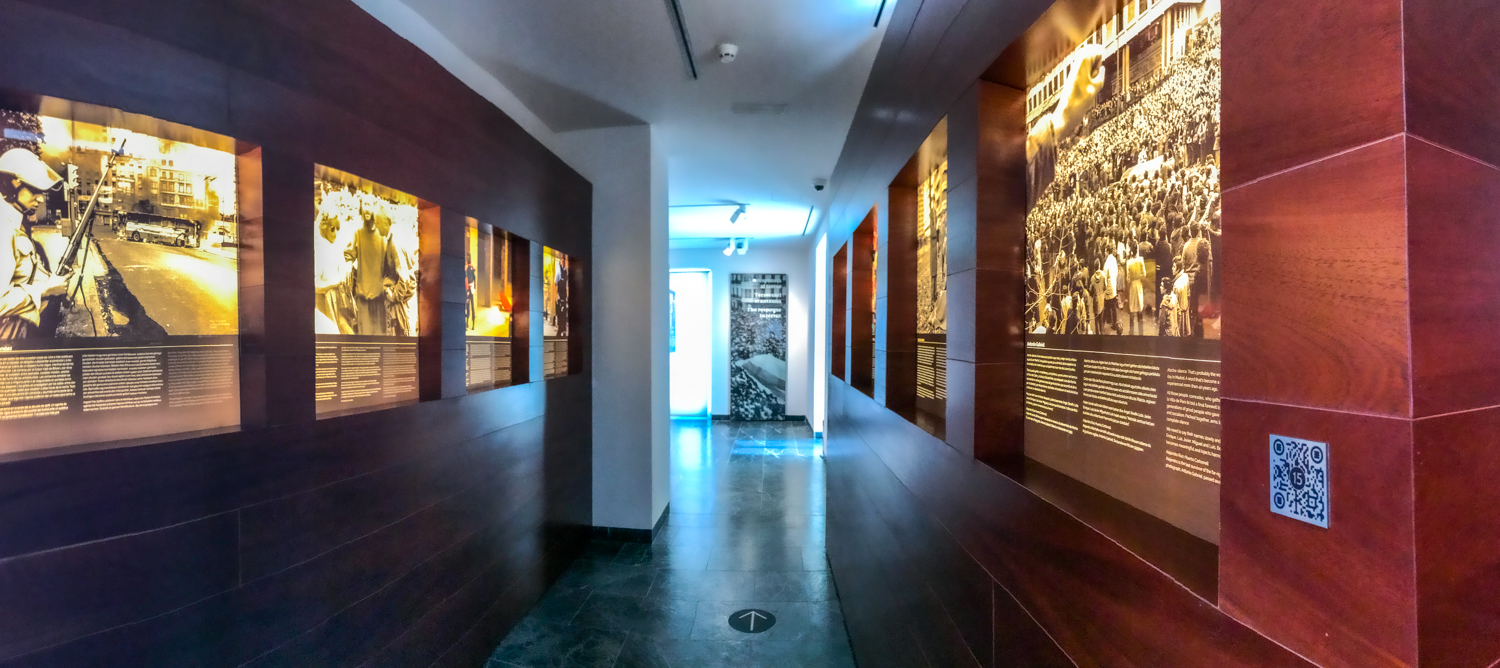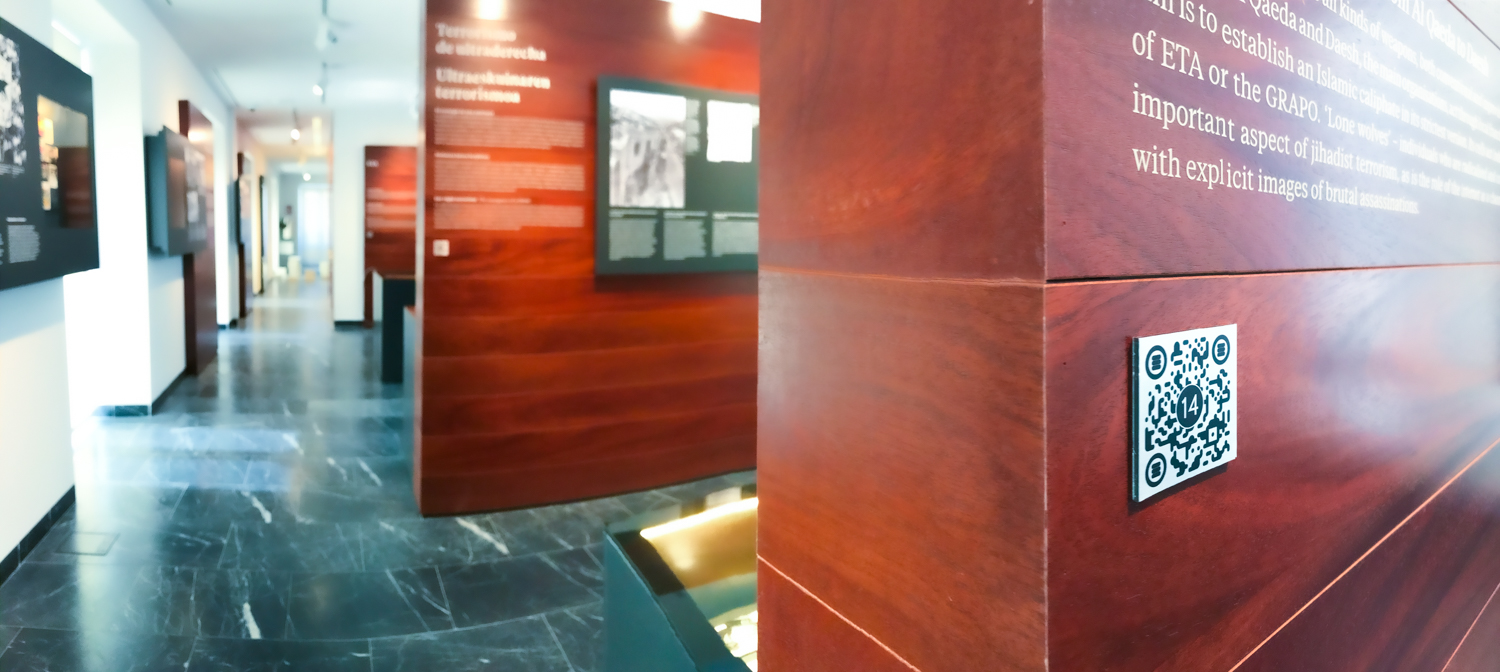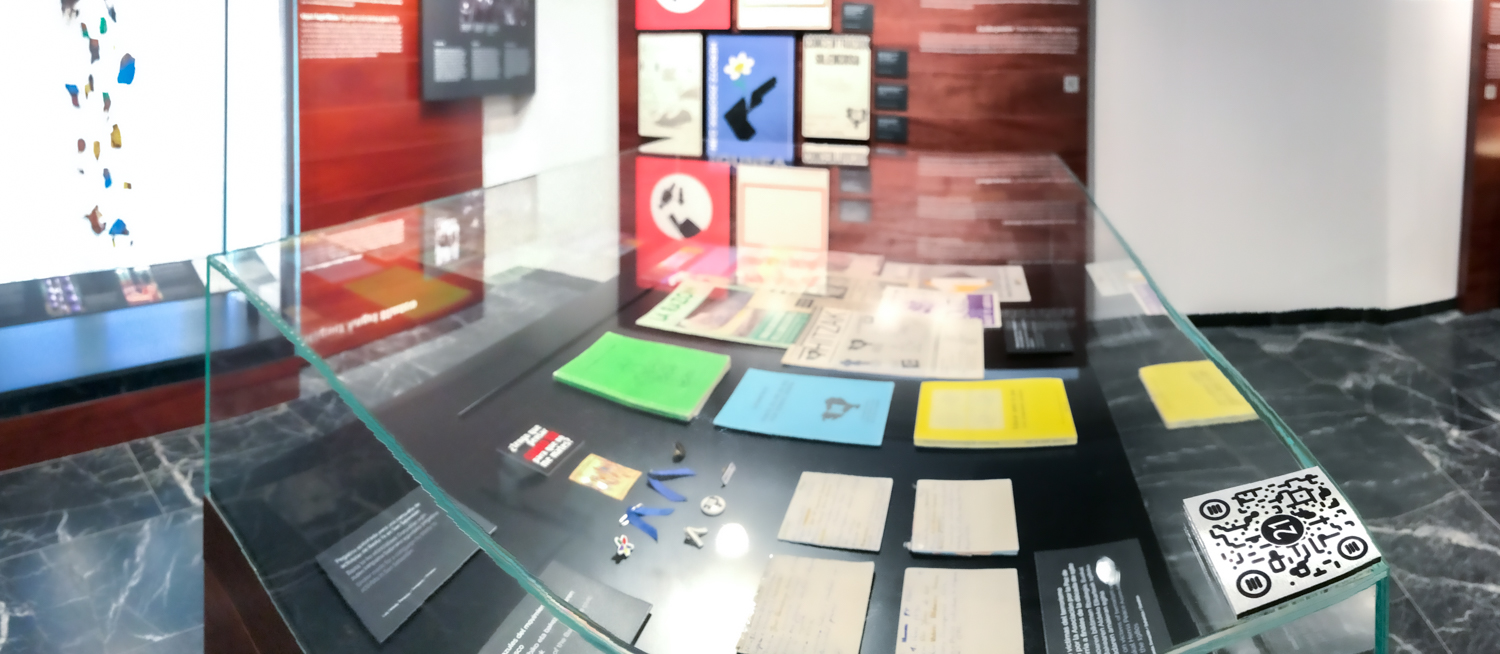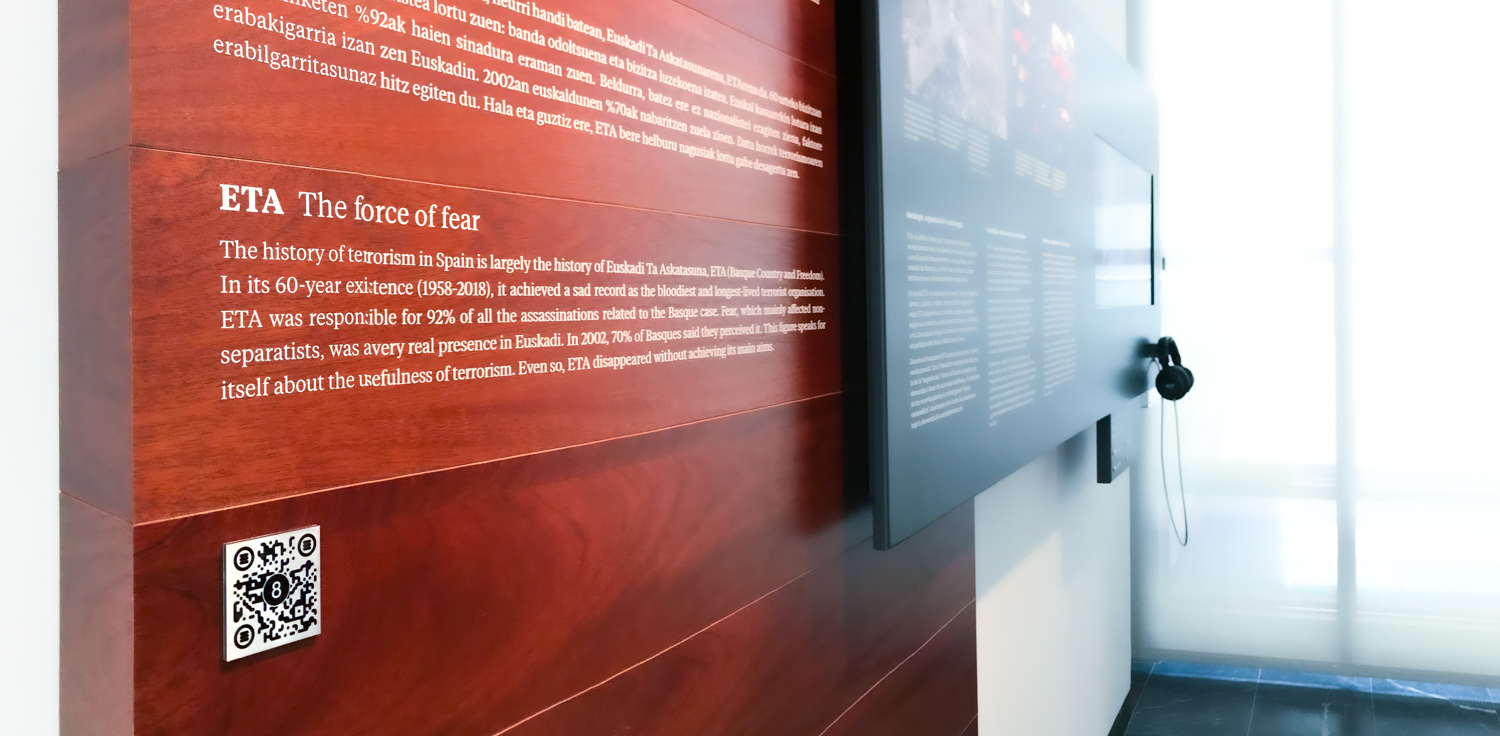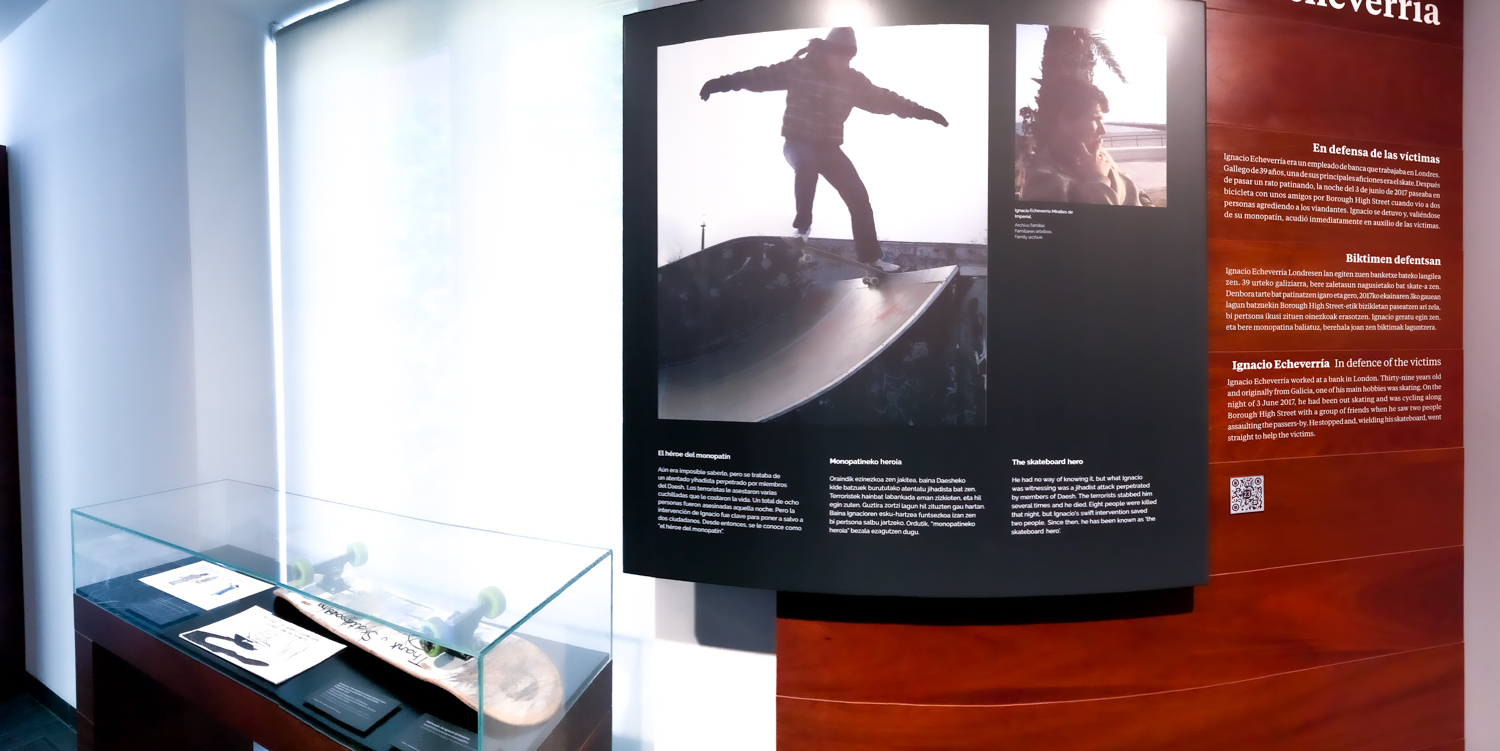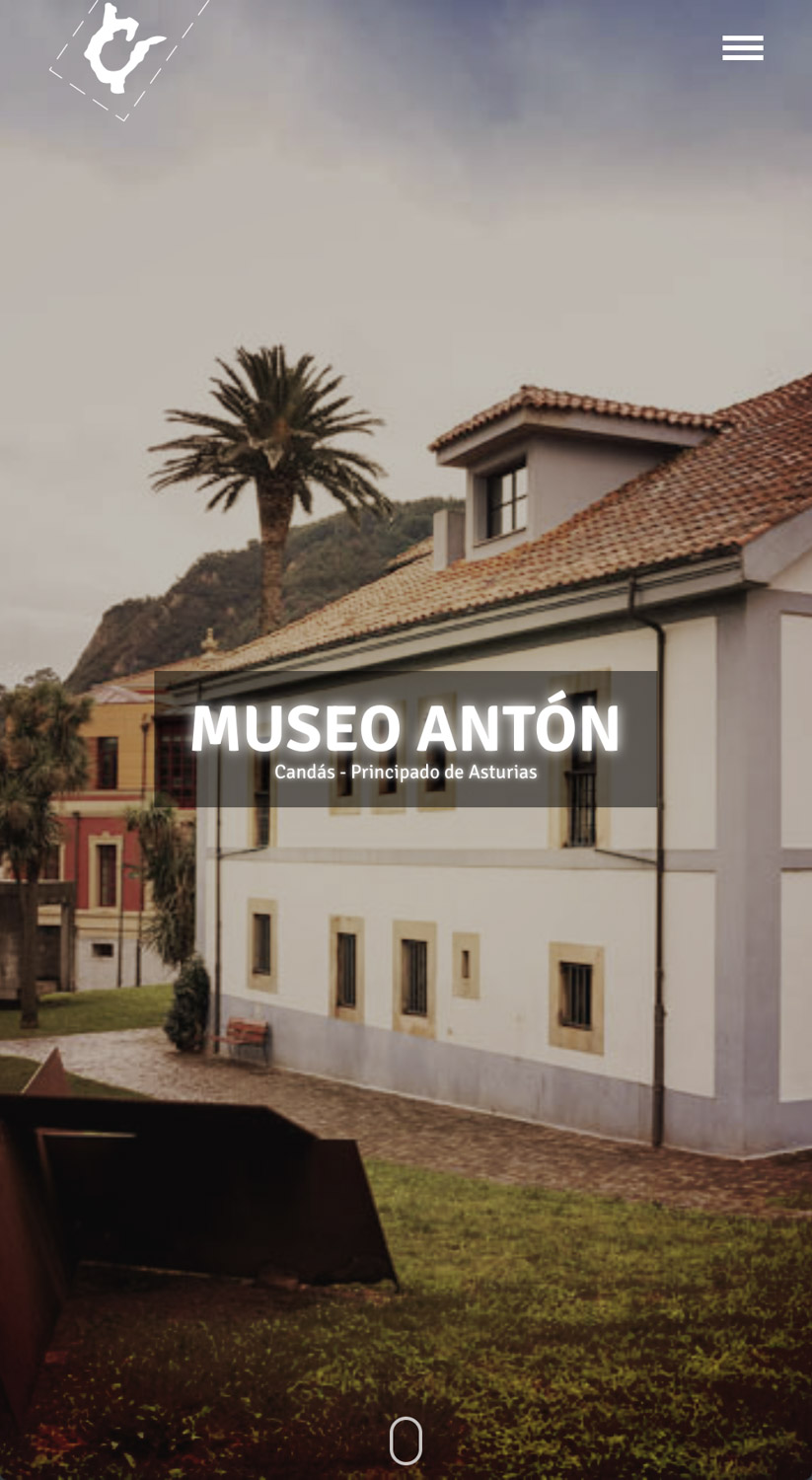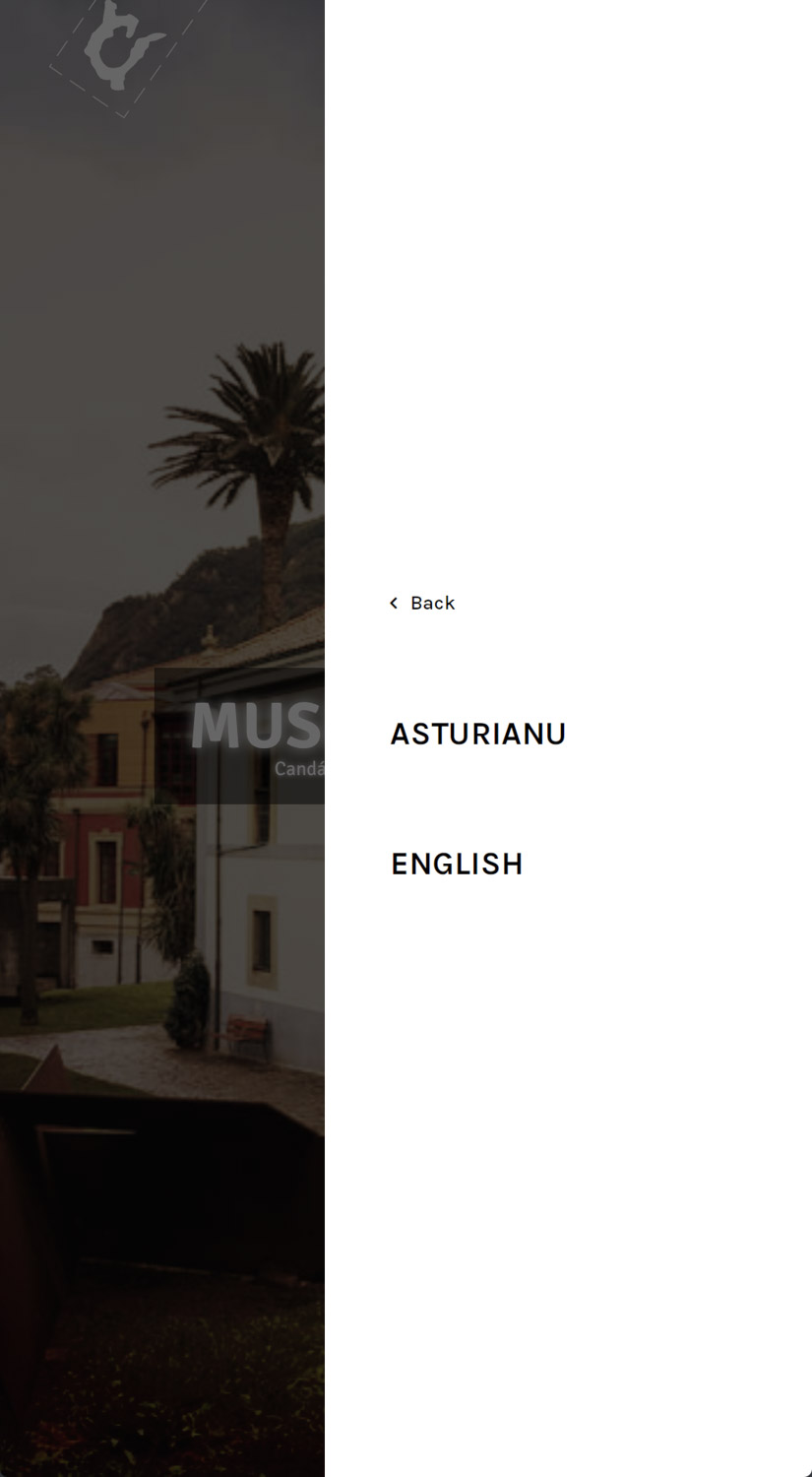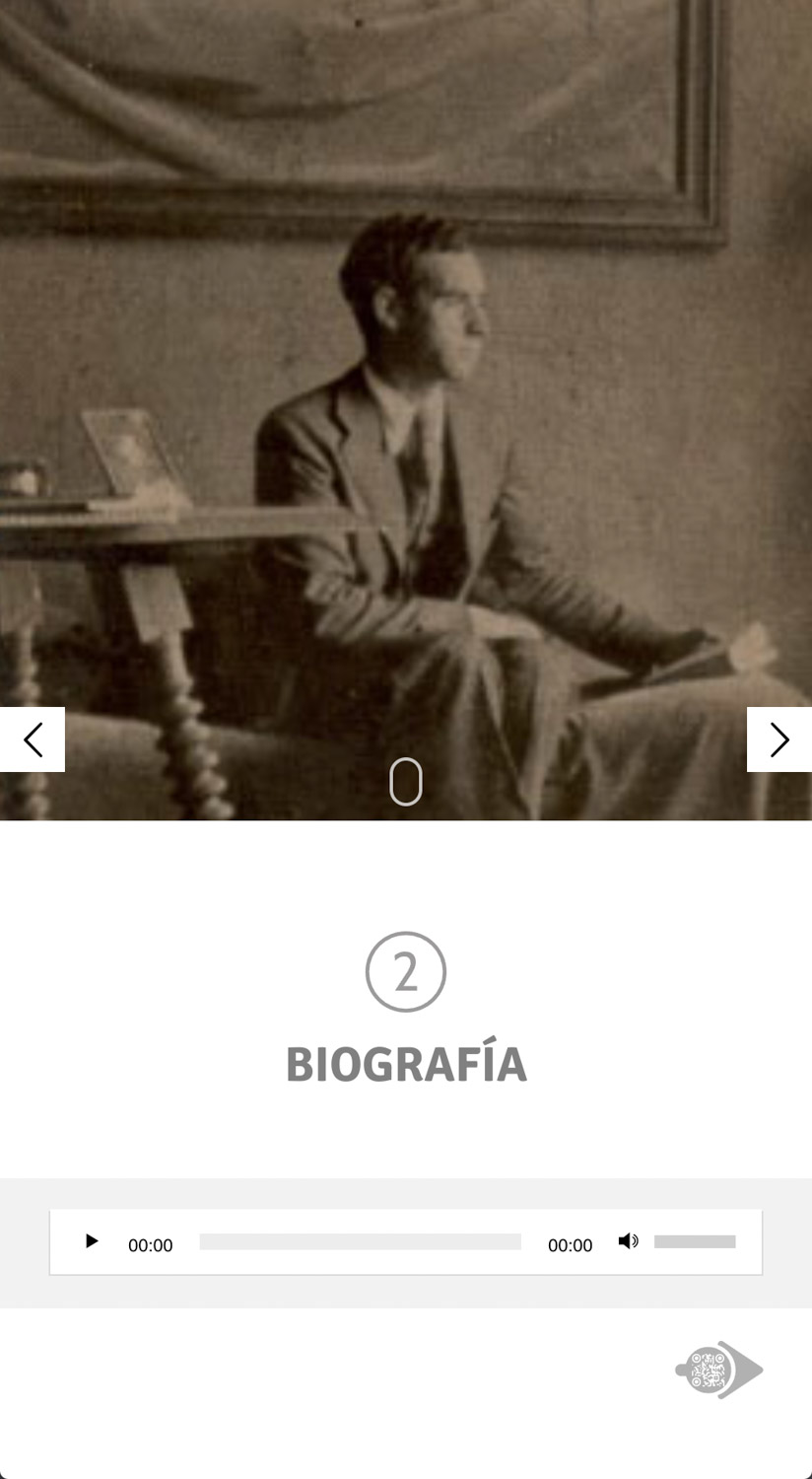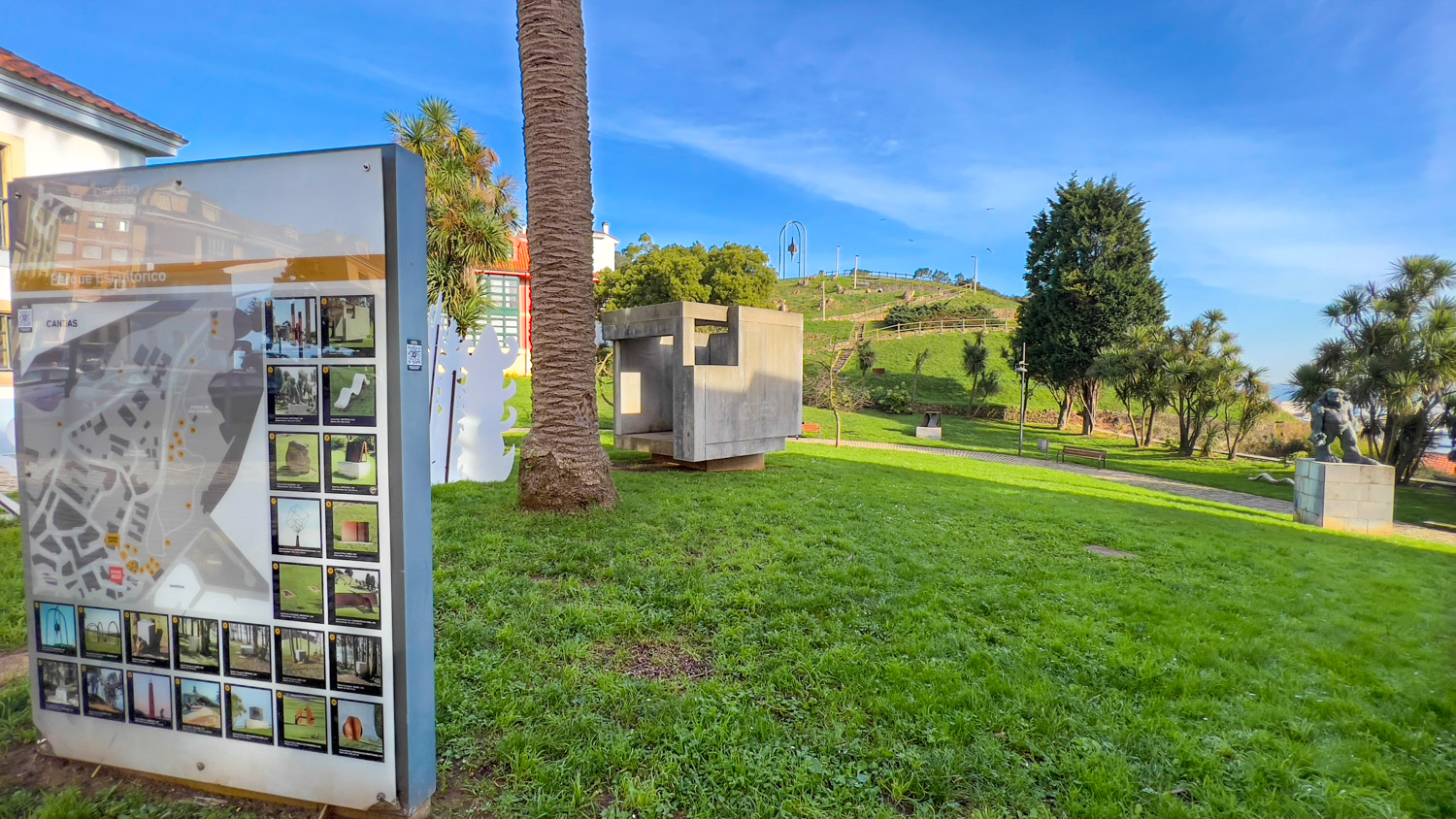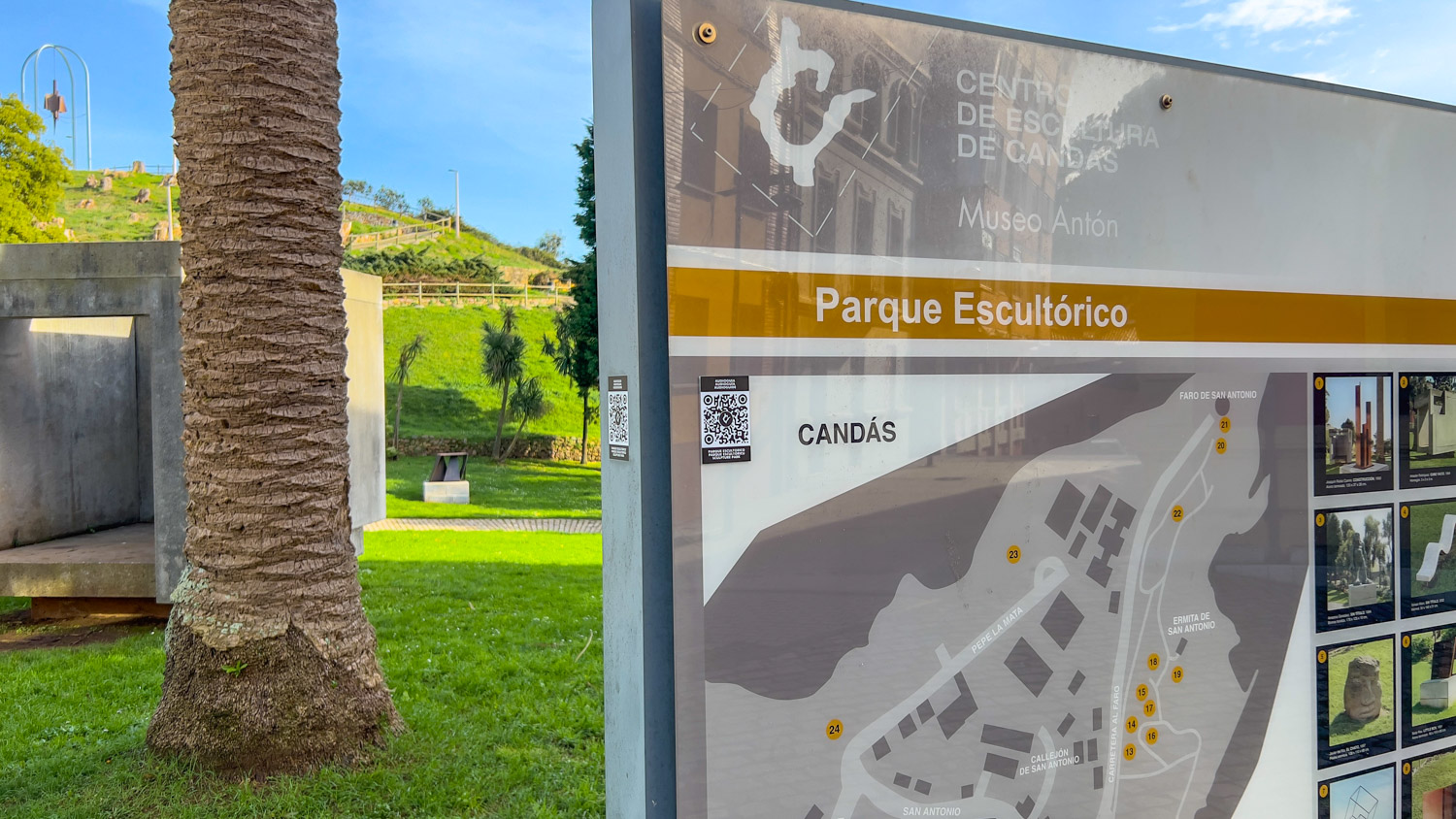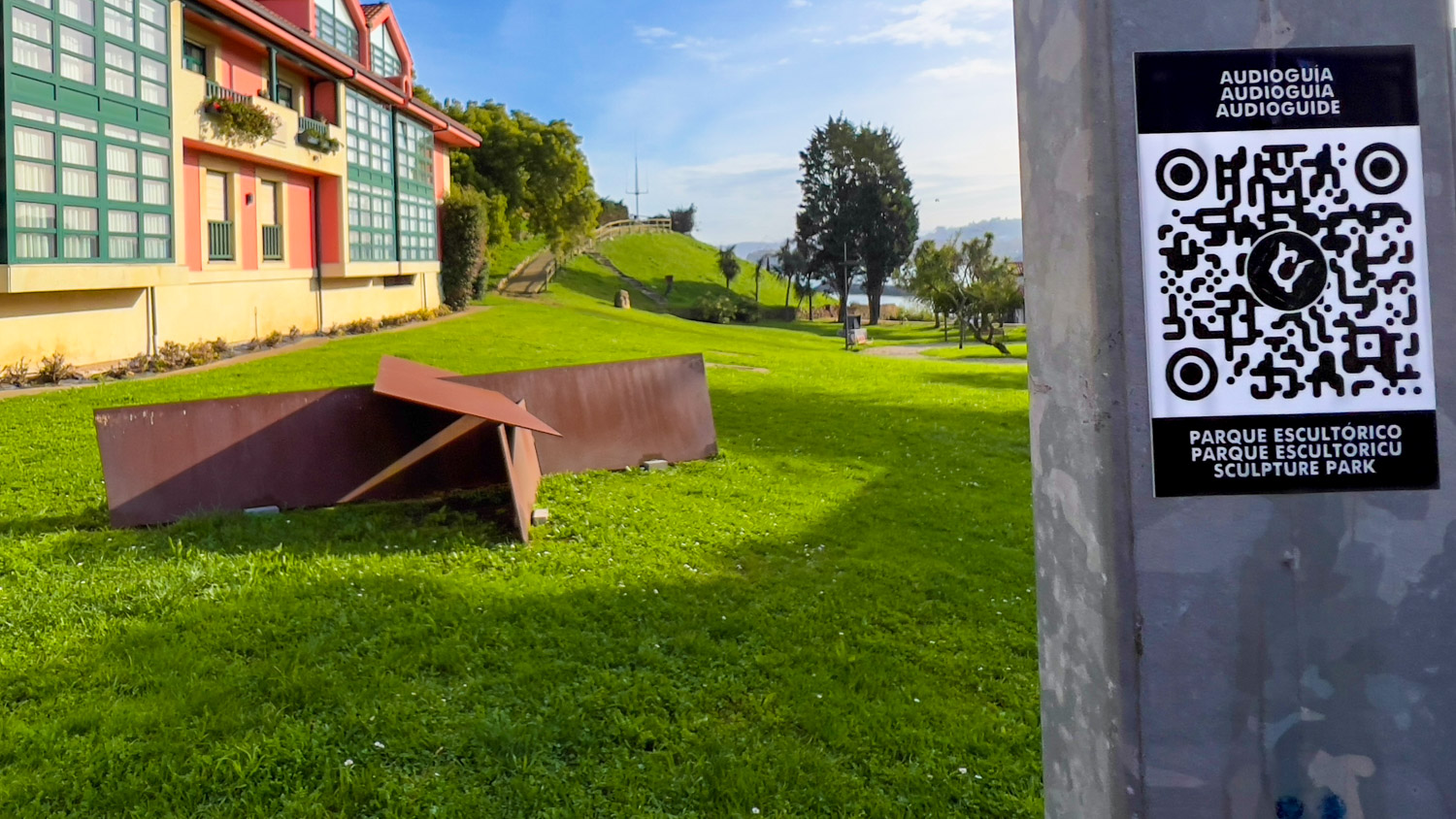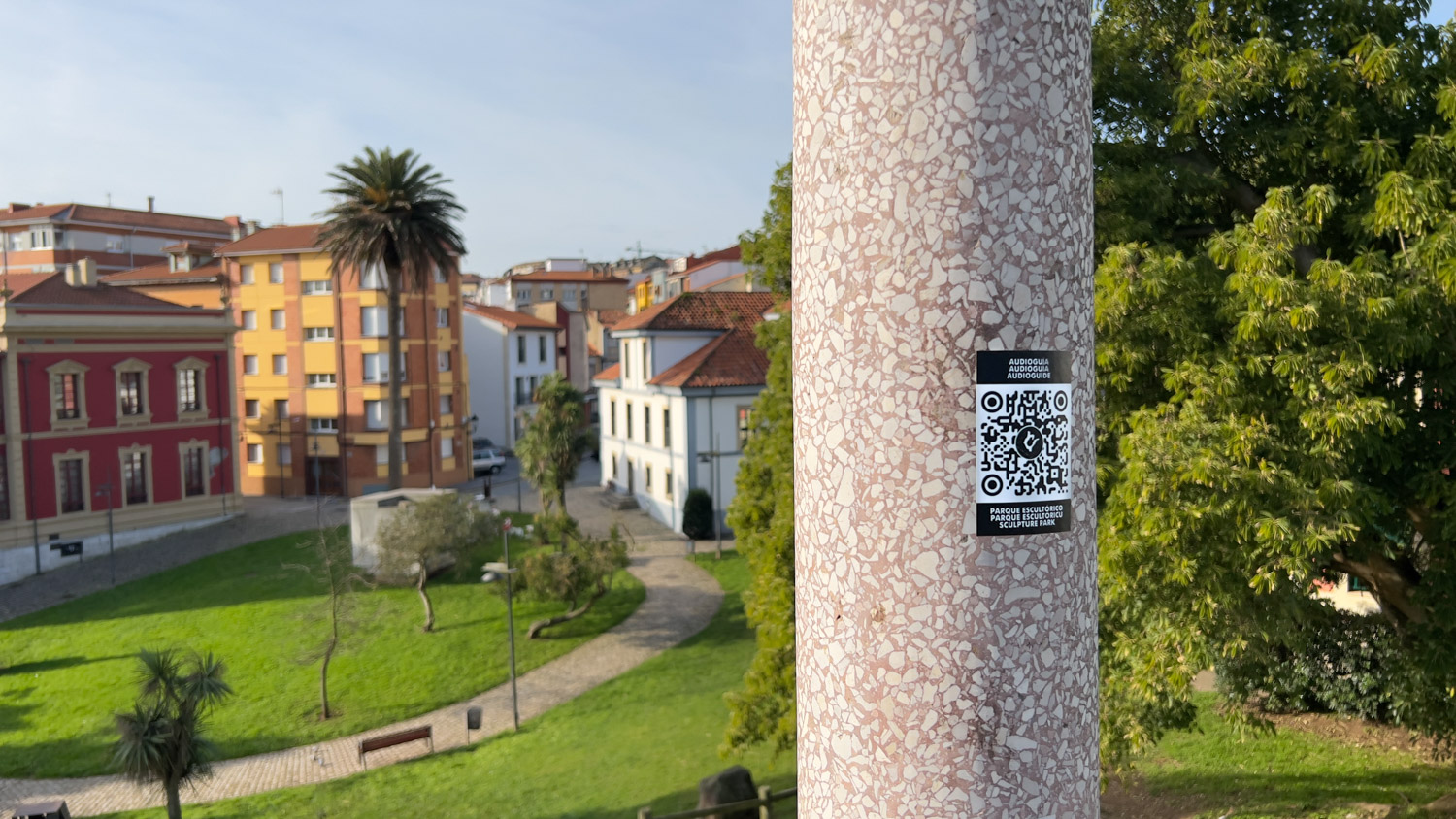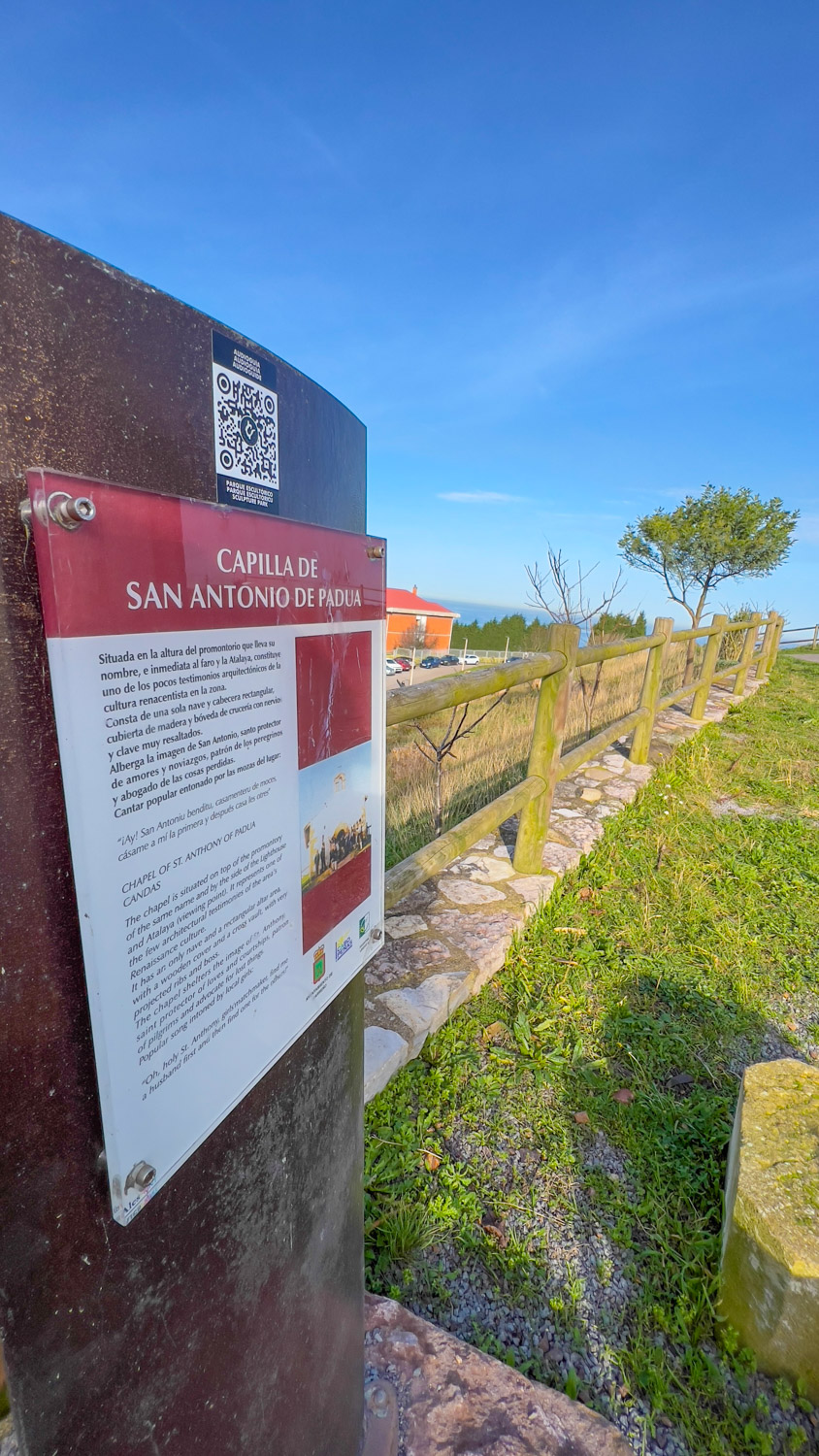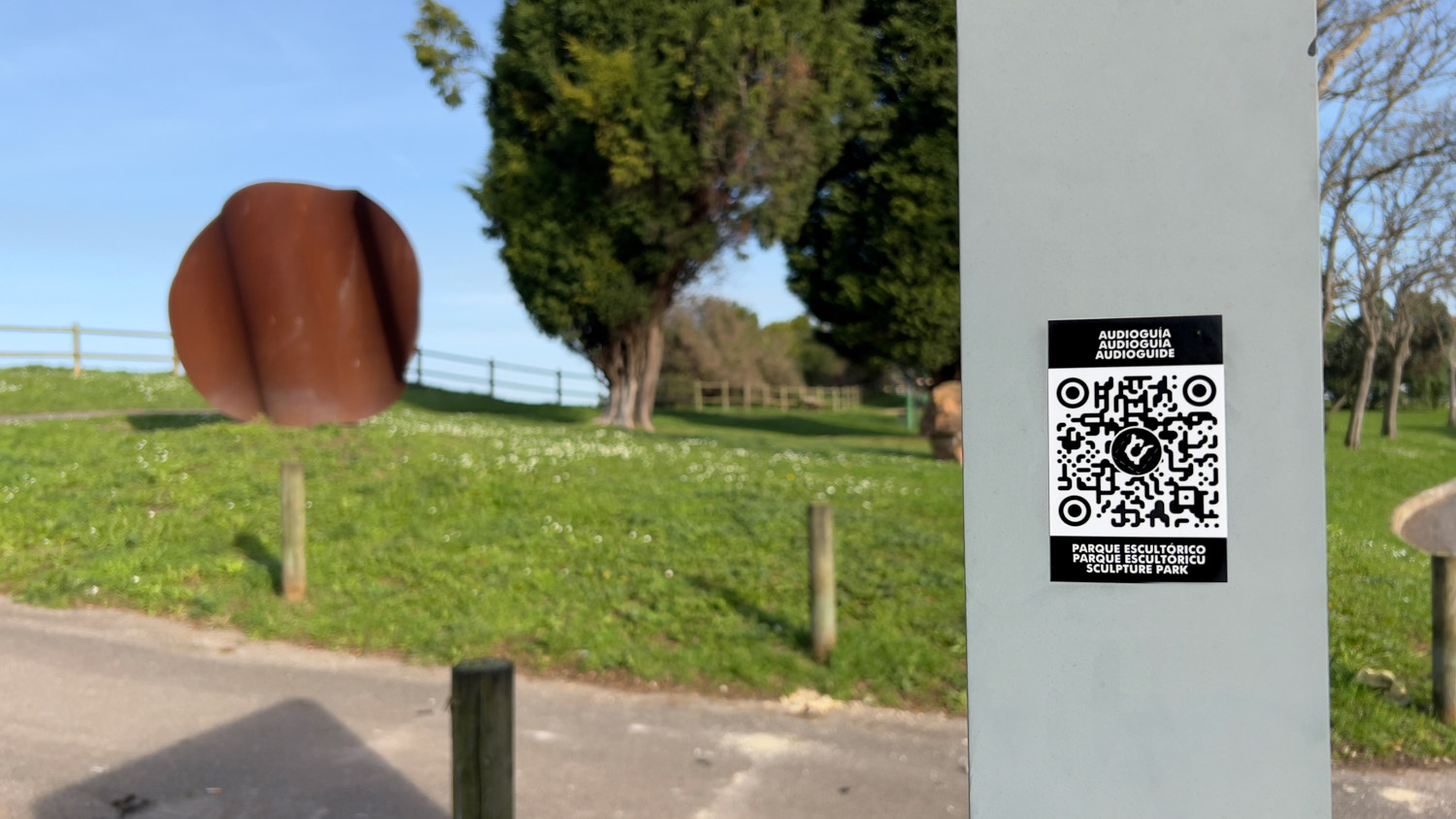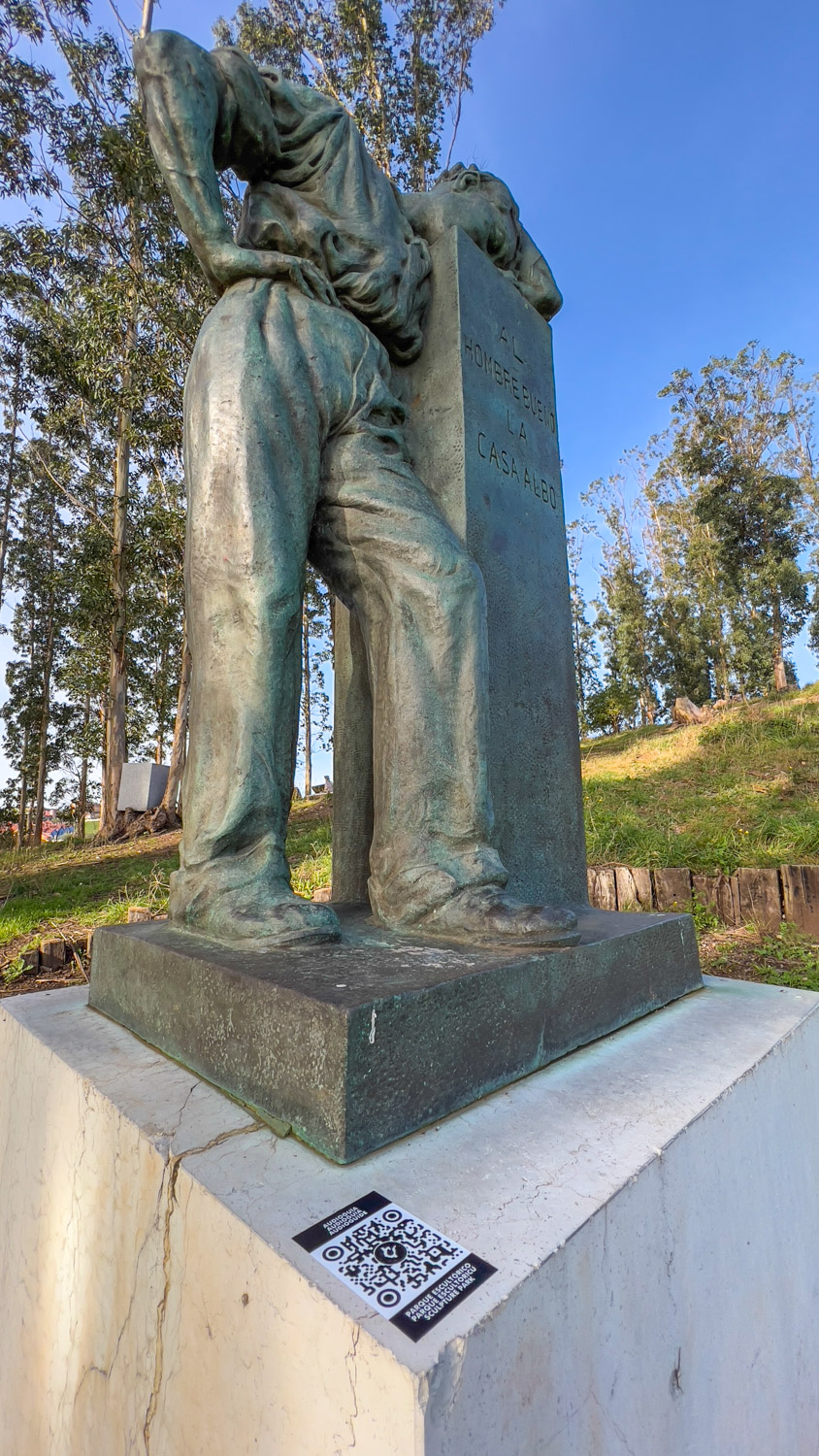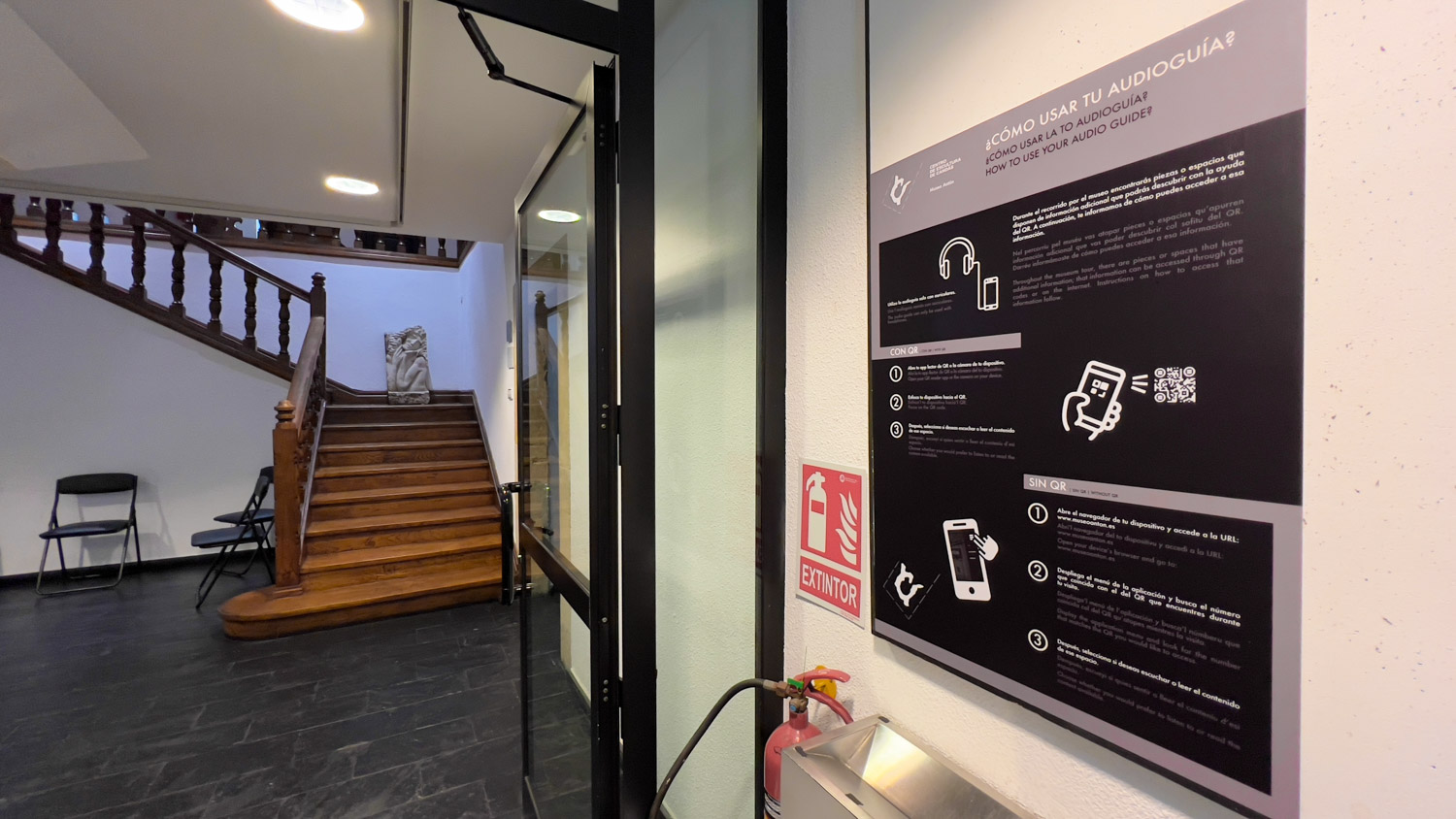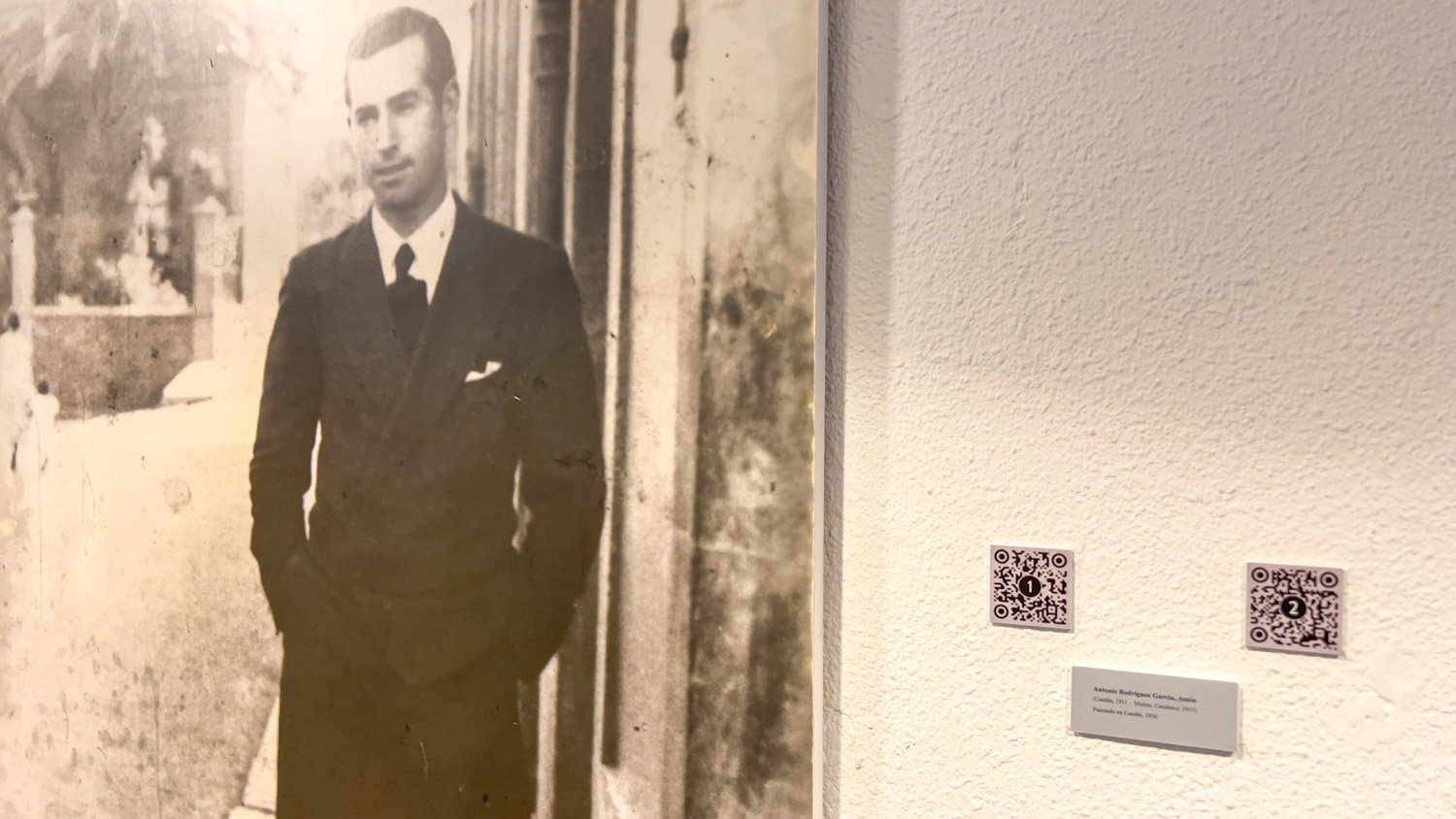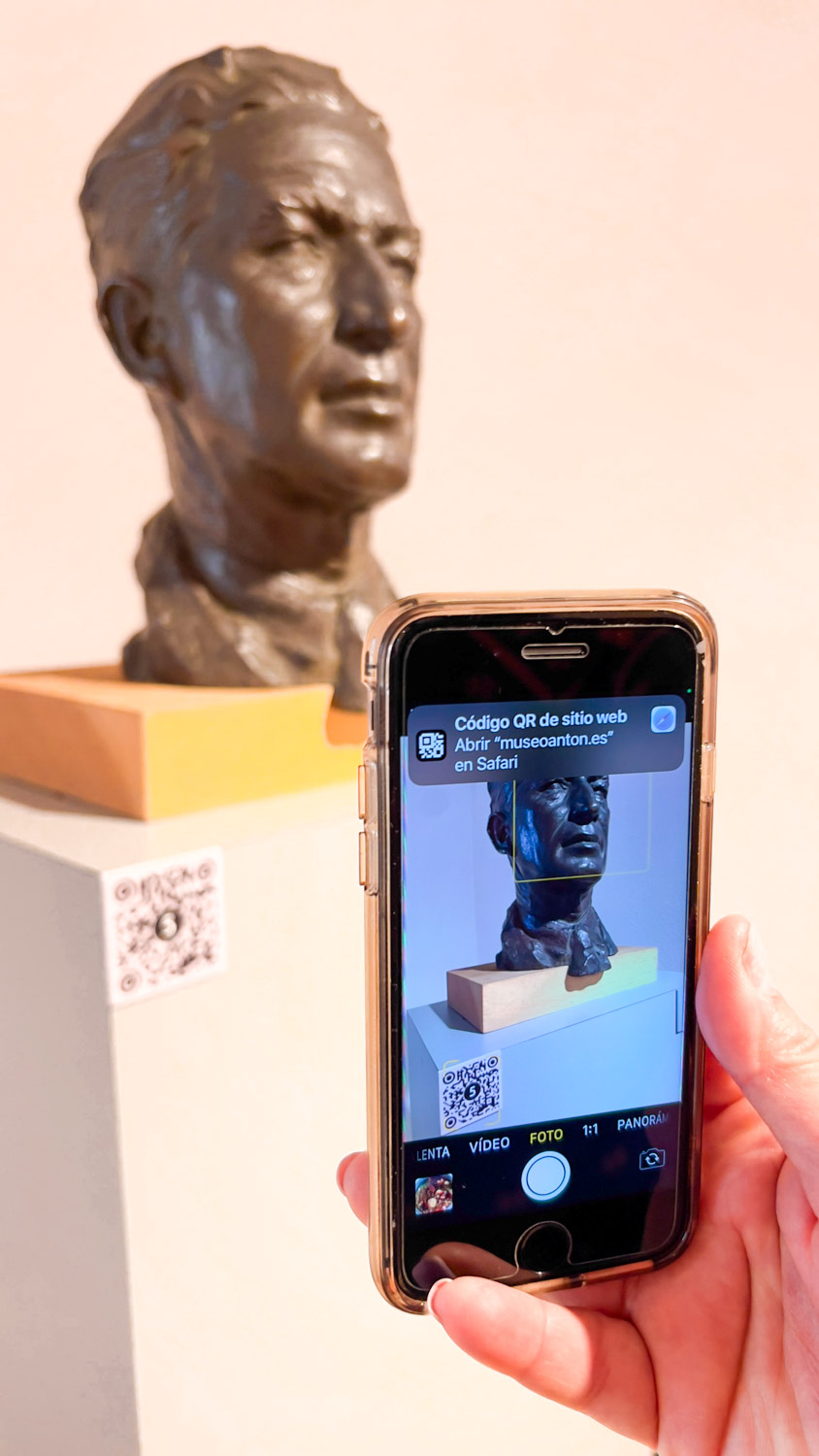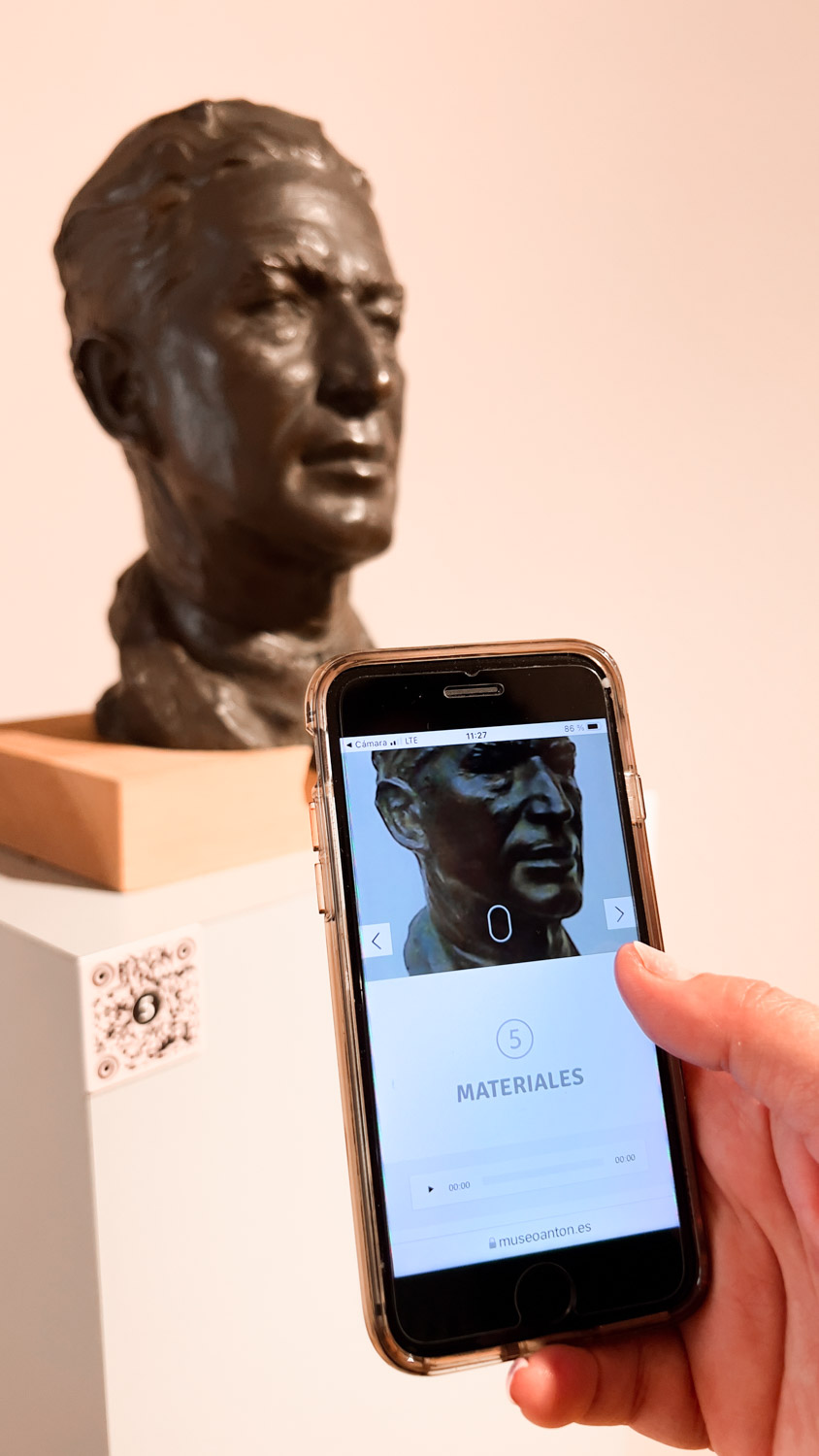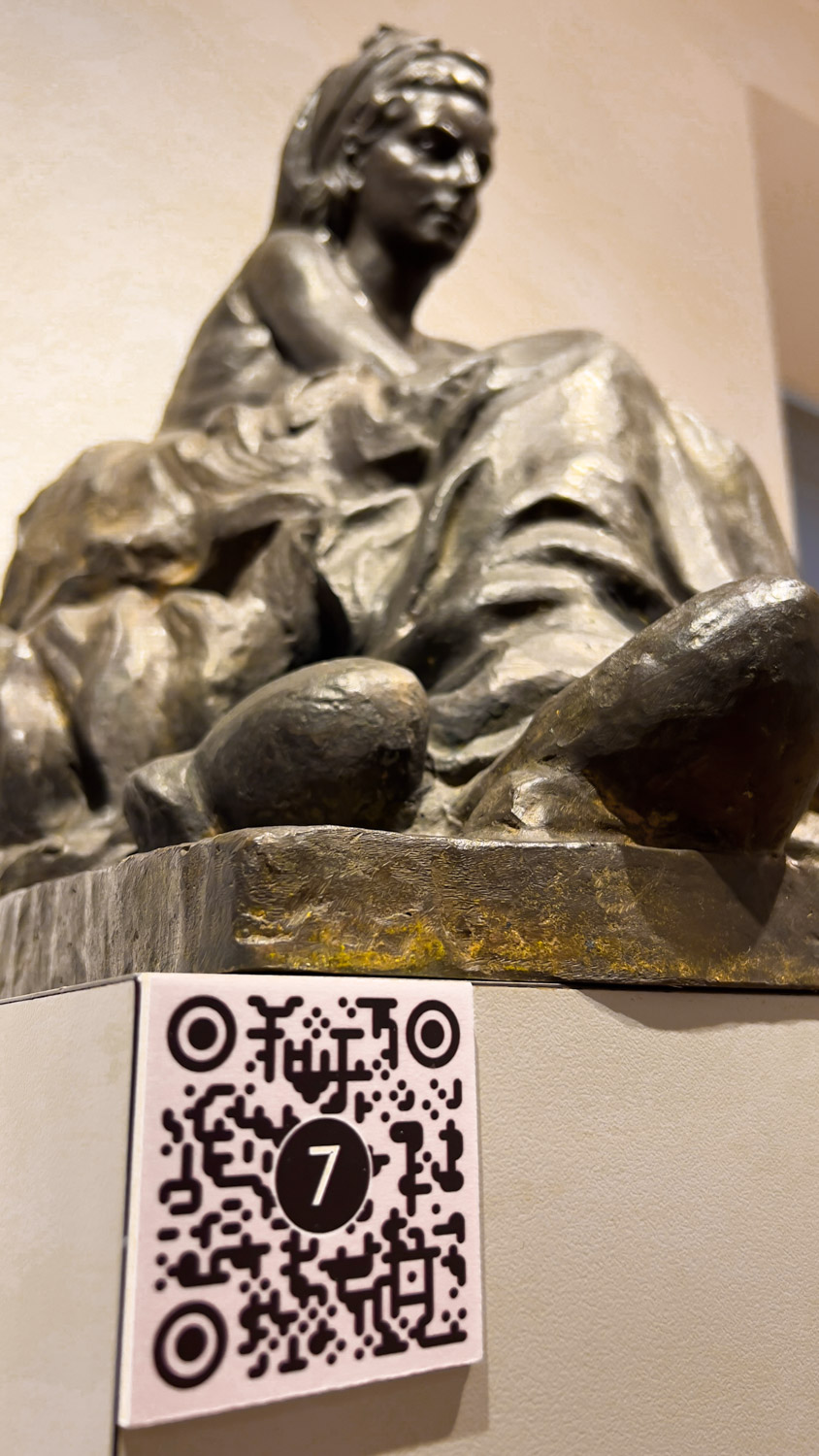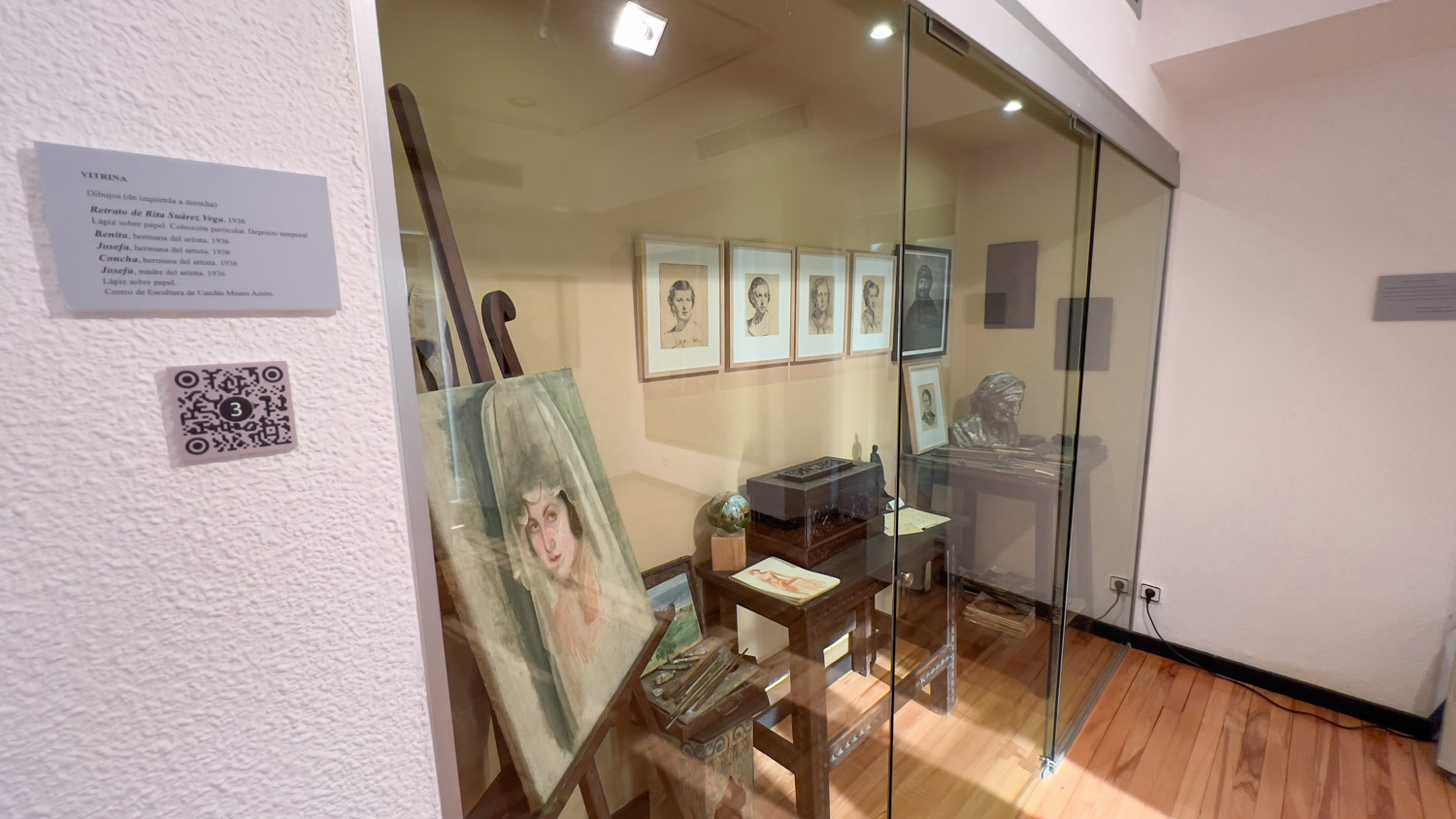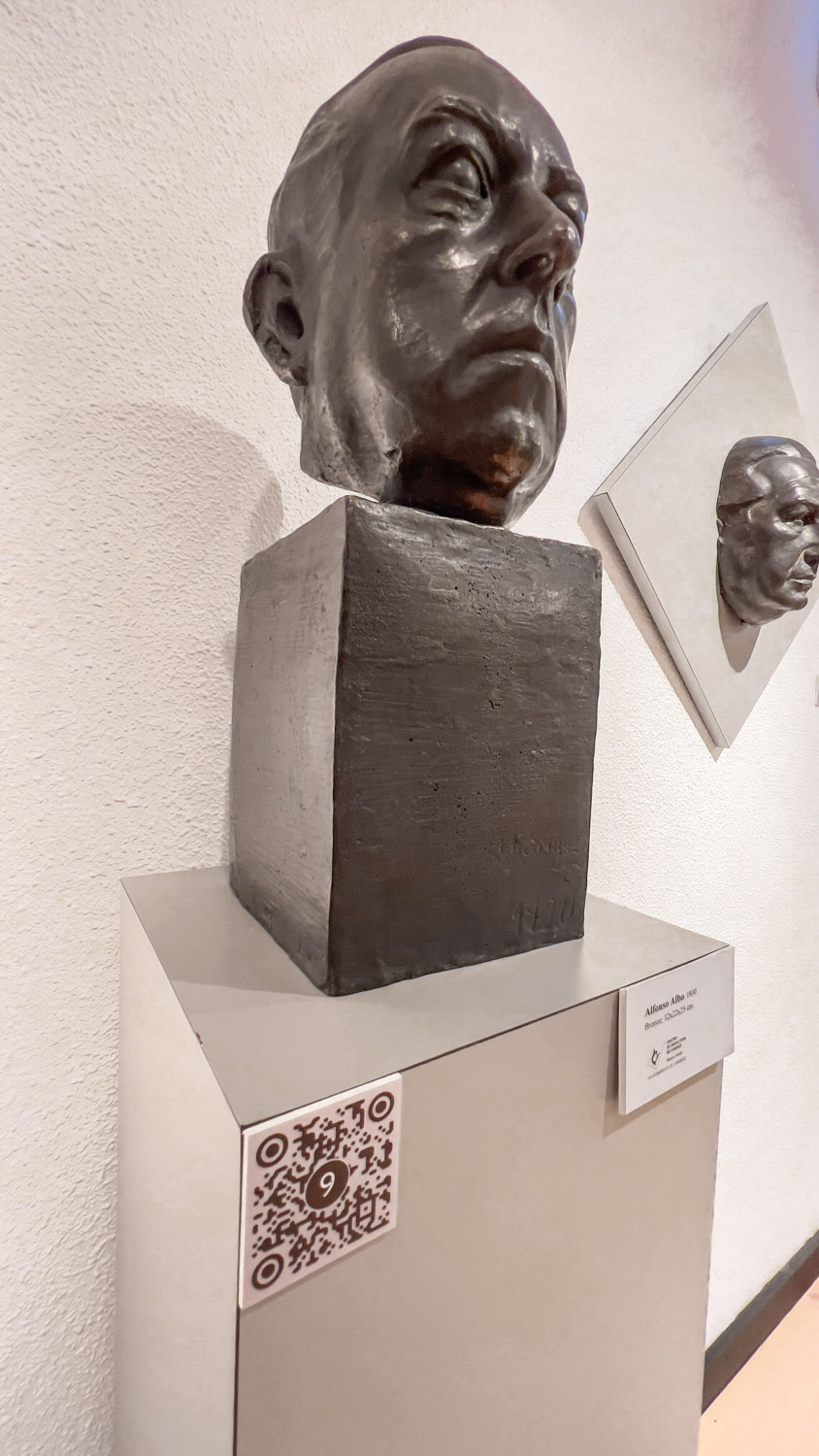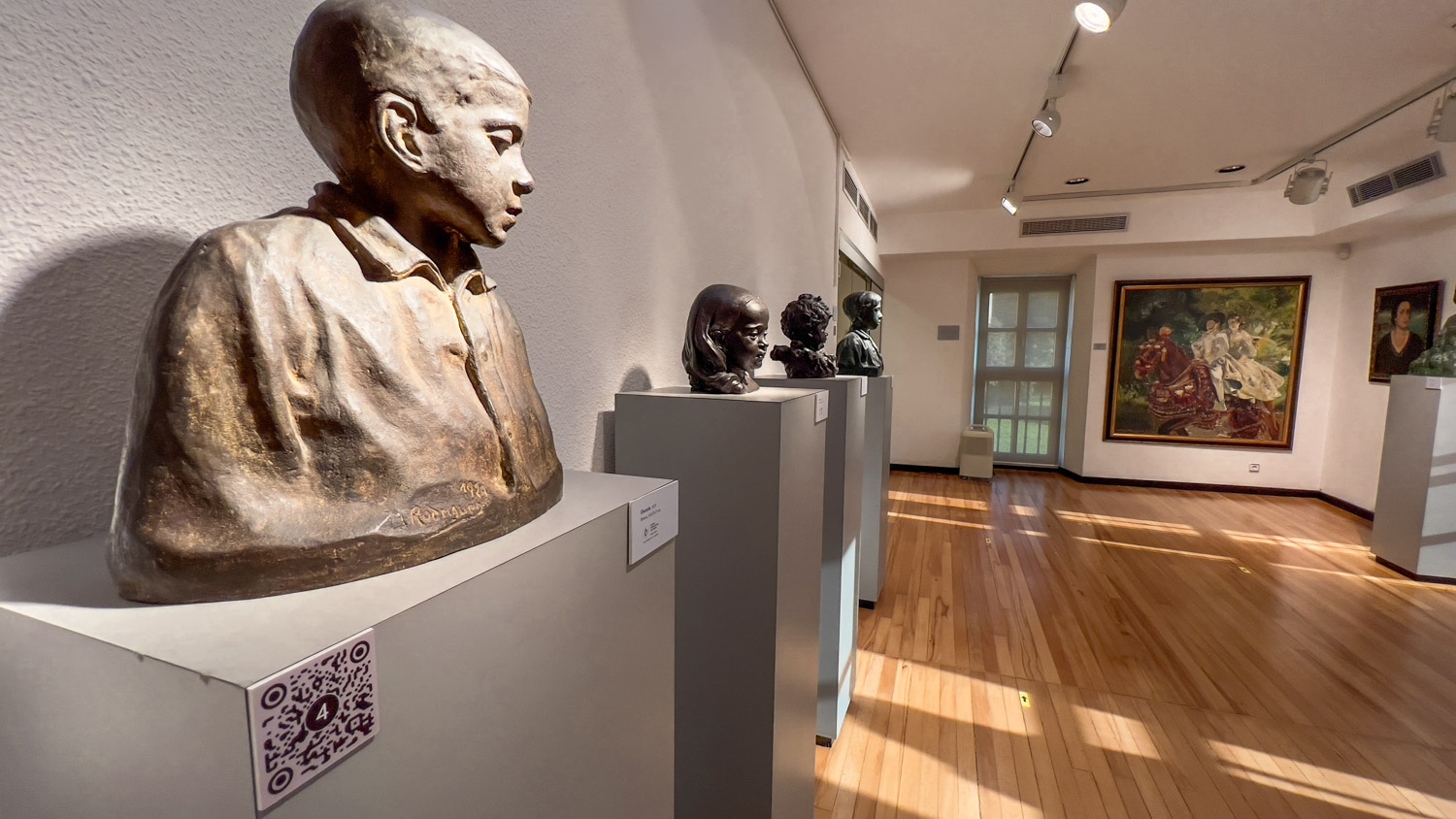WEB APPs
GOODBYE TO THE OBSOLETE
TRADITIONAL AUDIOGUIDES
It is obvious that the smartphone is part of our daily life and that recent world events have enhanced it. For this reason and beyond, cultural users prefer to use their devices as opposed to others.
Maximum product quality, since any personal device offers superior features and possibilities (video, pdf, photos, etc.) to traditional audio guides.
Greater and better functionality than a traditional audio guide added to the user’s familiarity with their device.
Hygiene has become a personal asset over which you want to control.
Pre and post interaction of the contents compared to traditional audio guides, which can only be used on site.
You only need a minute to understand the product.
WHAT DO WE OFFER?
SIMPLE AND EFFECTIVE OPERATION
Visualization of contents with QR codes. However, and in the case of a possible failure (camera or software), we make it easy for the user to continue enjoying the experience without the use of QR codes.
INCLUSIVE AND PERSONALIZED DESIGN
The webapp is adapted to each project and can include the content that the client requires: video, graphic material (images or galleries), informative pdf, integration of other content such as virtual tours or 3D models.
MULTI LANGUAGE
We translate the audio guided script into any language, especially those of the Spanish territory (Asturian, Basque, Galician, Catalan, etc.). The webapp detects the language of the user’s browser and if the web app includes that version, it opens it automatically.
ORIGINAL NARRATIVE
Dynamic descriptions adapted to different audiences in a direct and entertaining way. A quality script that facilitates understanding and accessibility to more technical content on points of artistic, historical interest, etc.
CUSTOMIZED MUSIC AND SOUND EFFECTS
The soundtrack accompanies the narrative, enhancing its immersive effect. We can create it in an original way for your project, emphasizing with sound, what is being explained. A richer way of listening that leaves a more memorable impression on the visitor.
EASE OF USE FOR PEOPLE WITH DISABILITIES
Texts are included for people with hearing disabilities, or video guides with sign language, which allow different groups to use the audio guide.
ADD AND MODIFY CONTENT
Cultural spaces are alive and frequently undergo improvements and modifications. Webapps facilitate these changes as quickly as the client wishes, compared to other applications that are subject to controls by external agencies that make this immediacy impossible.
REPORTS OF USE AND DOWNLOAD
The webapp offers complete usage and download reports, data on the quality (age, interests) or origin of visitors, devices used, time of use, parts of the audio guide that have been used more or less, etc.
THE LATEST PRODUCTIONS
DEFINITION, PROS AND CONS OF WEB APPS
A web app (web application) is based on HTML, JavaScript or CSS.
Since it is loaded on the web server and runs in the browser it does not require any installation. In addition, a shortcut for it can also be created on the desktop of the computer or on the home screen of mobile terminals by means of a bookmark.
PROS |
CONS |
TO TAKE INTO ACCOUNT |
| It does not depend on operating systems or previous installations | Limitations of access to phone functionality (agenda, GPS, accelerometer, etc.) | They are not found on the market |
| Fast development time compared to a native app with the same features Internet connection required | Connection to the Internet is required | |
| The updates are instantaneous, they do not need validation from external agencies. | ||
| At all times all users have the same version and consequently the same content. | ||
| Adaptation to all devices | ||
| There is no need for regular system updates or user permission to implement changes | ||
| Less tendency to hang and suffer “bugs” because they avoid problems that arise from software incompatibilities or conflicts with other applications, as well as the security protocols of the devices | ||
| Competitive development costs, 3 or 4 times lower than a native app. |
